Two-Ingredient Pancakes (Yup!) 🥞
A recipe + a discount for the best drinking potions on Earth.
Ciao ciao!
I’ll aim to make this week’s recipe letter short + sweet, because I’m wiped from pulling together my first monthly meal plan! (Here’s the link in case you missed it.)
I’ve now become well acquainted with the creative side of my brain, which goes into overdrive when I’m engrossed in a project. I skip meals and lose sleep.
I’m getting better at taking breaks to walk barefoot on the grass or settle in for a reading marathon with the girls. But to my embarrassment, I don’t usually stop until my body flags me down with some sort of ache or inflammation.
I think this is why I first became interested in Ayurveda, which originated - and is still largely practiced today - in India. One of the core pillars of Ayurveda is a dinacharya, a daily routine to optimize wellbeing. More on that in a minute.
It’s hard to sum up Ayurveda. It’s one of the oldest bodies of wisdom around health and wellness. It is a lifestyle practice and knowledge base around food, exercise, meditation, spirituality, breath work, herbal medicine, and more. These facets are deeply interconnected.
I first encountered Ayurvedic practices in my early 20’s, on a trip to India where my Nonna wintered for 40 years. At the time, I didn’t fully grasp the diverse uses of herbs and foods as preventive health measures. But what I witnessed stuck with me.
When I was pregnant with my second daughter, my dear friend Shoshi began taking a course with Ayurvedic teacher and alchemist, Sunny Rose Healey of Mamayurveda. Shoshi encouraged me to reach out to her about the undiagnosed pain and inflammation I had been experiencing since my first daughter’s birth.
I began working with Sunny, and ultimately followed her postpartum guide 40 Days For 40 Years after Cora was born, starting with a spoonful of panchakola ghee in the recovery room (paid subscribers, revisit this post for your Mamayurveda discount code!)
I was amazed at how much better I felt than after my first pregnancy, and was inspired to learn more about the potential of food as medicine. With Sunny’s guidance, I also discovered I had an undiagnosed thyroid condition (hypothyroidism), very common in postpartum women.
I began a dinacharya practice, which helped me establish new habits that still support me today, particularly when I’m in a creative sprint. These include tongue scraping, body oiling, bedtime rituals, and staple recipes like one of Mamayurveda’s drinking potions to start my day.
One of my absolute favorites is a two-ingredient pancake called Idli. (Sandor Katz also writes about this recipe gem in his exquisite book The Art of Fermentation.)
Idli is a pancake made from fermented rice and lentils. While it requires planning ahead 24 hours, it involves very little preparation and very affordable ingredients.
I make a large batch of idli batter and it lasts us for the week. We serve them sweet with butter, honey, and cinnamon, and savory with eggs, sautéed mushrooms, sesame oil and soy sauce, and herbs. In the summer I like to mix chopped herbs into the batter. There are myriad ways to top idli. Idli are also protein-rich and because they are fermented, they are easily digestible for most people and wonderful for your gut.
My kids love what we make with idlis, though it sometimes takes some trial and error to find the best combination for them.
As fresh food begins to flourish in these early summer months, I encourage you to whip up a batch of idlis to keep on hand. These fermented pancakes are ideal for topping with fresh fruit and vegetables for breakfast, lunch, snacks, and dinner.
To our health and happiness!
♡ Emma
Irresistible, Two-Ingredient Idli Pancakes
Yield: 2 ¾ cups idli batter or about 12 pancakes ⎹ Active Prep time: 5 min ⎹
Inactive Prep time: 24 hours ⎹ Cook time: About 12 minutes ⎹ Level: Easy
This recipe is adapted from the traditional Indian Idli, which is made from fermented rice and mung dal. Fenugreek seeds are commonly added for flavor and to help with digestion. For this recipe you will need a high-powered blender. Play with the quantity of water you add to the fermented batter to yield the idli you want! You can make the batter thin for crepes or thick for lathering with toppings like ghee or tahini with cinnamon, honey, and fresh fruit.
1 cup brown basmati rice, substitute with white
½ cup yellow mung dal beans, susbtitute with red dal
1 teaspoon fenugreek seeds (optional)
6 tablespoons coconut oil or ghee, for cooking
Instructions:
Combine the mung dal and rice in a large bowl and cover with double the volume of water. Cover with a clean tea towel and soak for at least 8 hours (from morning to night or overnight).
After soaking, rinse the mung dal and rice with cold water in a fine mesh strainer, rinsing until the water runs clear.
Transfer the mung dal, rice, and 1/4 cup of water to a high-powered blender and whiz on low speed until the dal and rice are ground. The batter will be thick. Then, while using the tamper, add a tablespoon of water at a time until the batter is fully blended. It should be thick and smooth, with a grainy texture, like wet, fine sand.
Transfer the idli batter to a wide, large bowl (I like to transfer it to a glass bowl so I can see how much the batter has risen.) Cover the vessel with cheesecloth or a thin tea towel and seal it around the mouth with a rubber band. Allow the batter to ferment for at least 12 hours or up to 48 hours. After that, you can transfer it to the refrigerator to store for up to 3 days.
To prepare your idli, preheat your oven to the warm setting to keep cooked idli warm on a baking sheet between batches. Stir in a tablespoon of water at a time until you have your desired thickness.
Melt 3 tablespoons coconut oil or ghee in a large cast iron skillet over medium high heat. When the oil is hot, add three heaping spoonfuls of batter, spreading it out with the back of the spoon to form a round pancake, leaving an inch between pancakes. Cook for 3-5 min on the first side, until the edges look cooked and begin to brown, and the batter begins to bubble. Flip the pancakes and cook for about 1-2 minutes on the opposite side. Transfer o the oven until ready to serve. Repeat with the remaining batter.
These are best served warm (though you can always reheat leftovers on a pan, or in the oven or microwave). Serve with desired toppings.
Refrigerate leftovers in an airtight container for up to 3 days.
Paid Subscriber Monthly Discount ↓
Thank you for being here paid subscribers! Don’t forget to claim your 15% discount from Mamayurveda in this post.

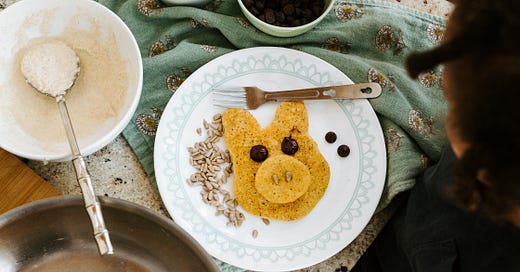



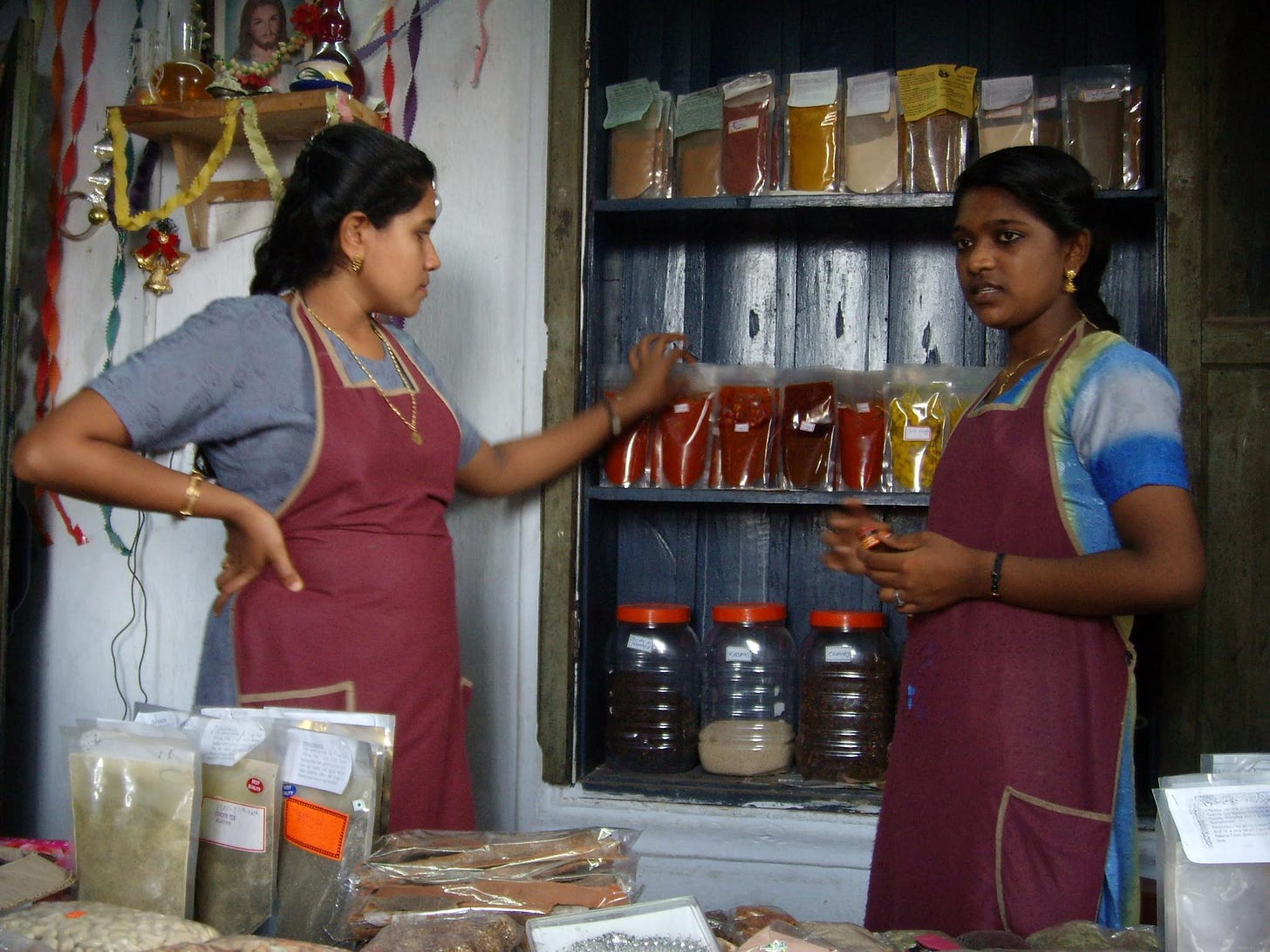
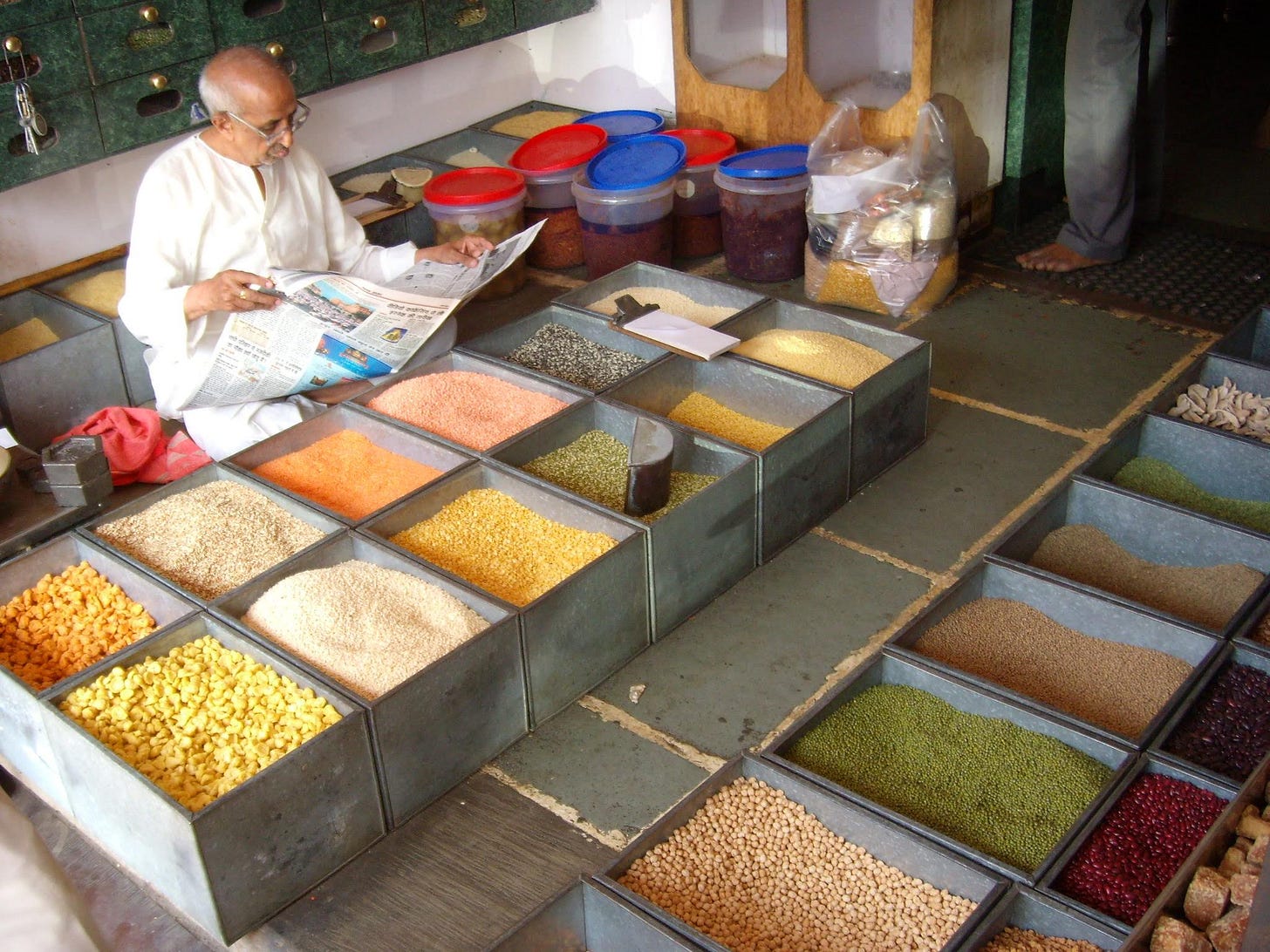
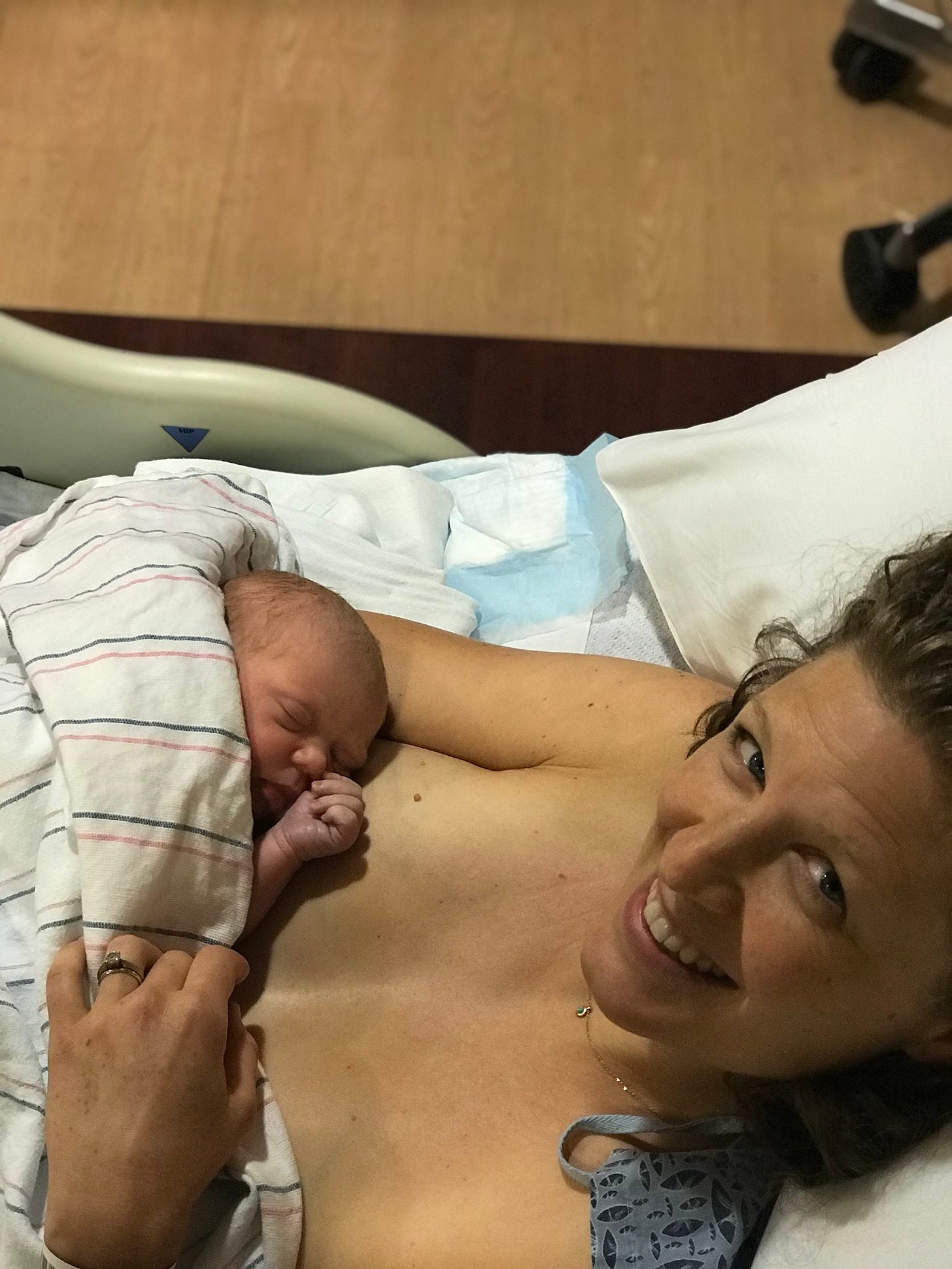
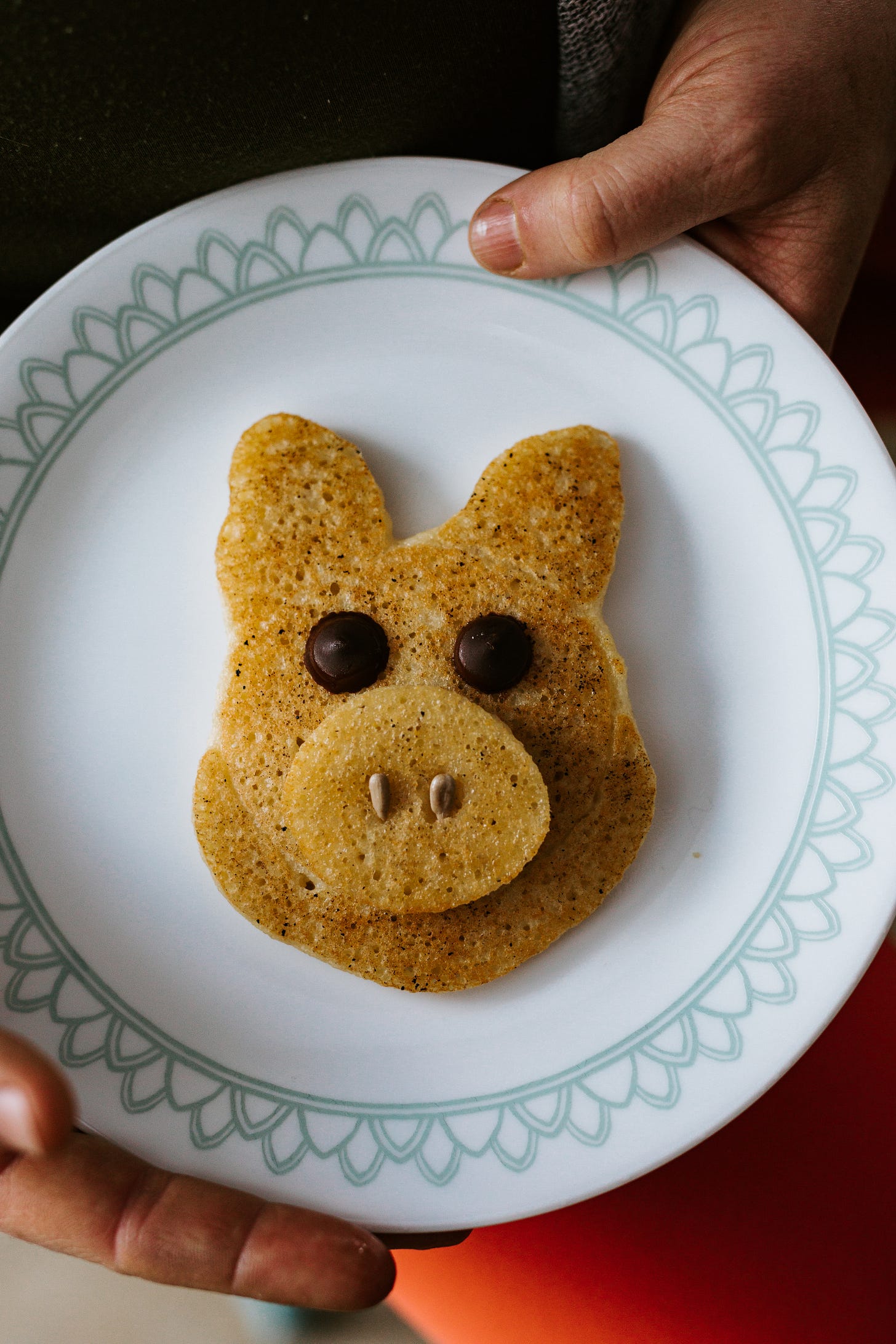


I love this! I’ve never tried making idlii and excited about giving it a shot!